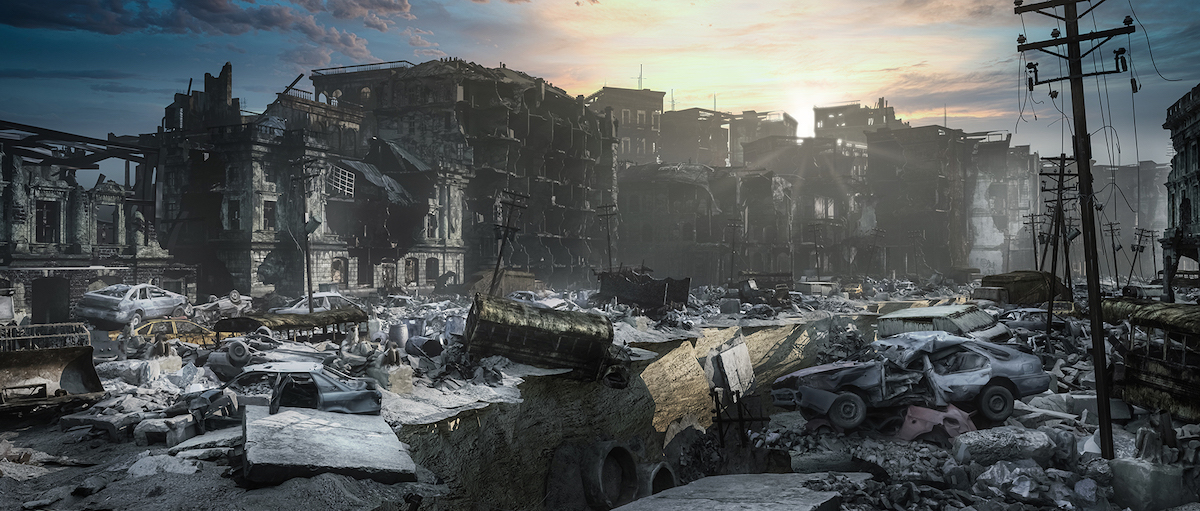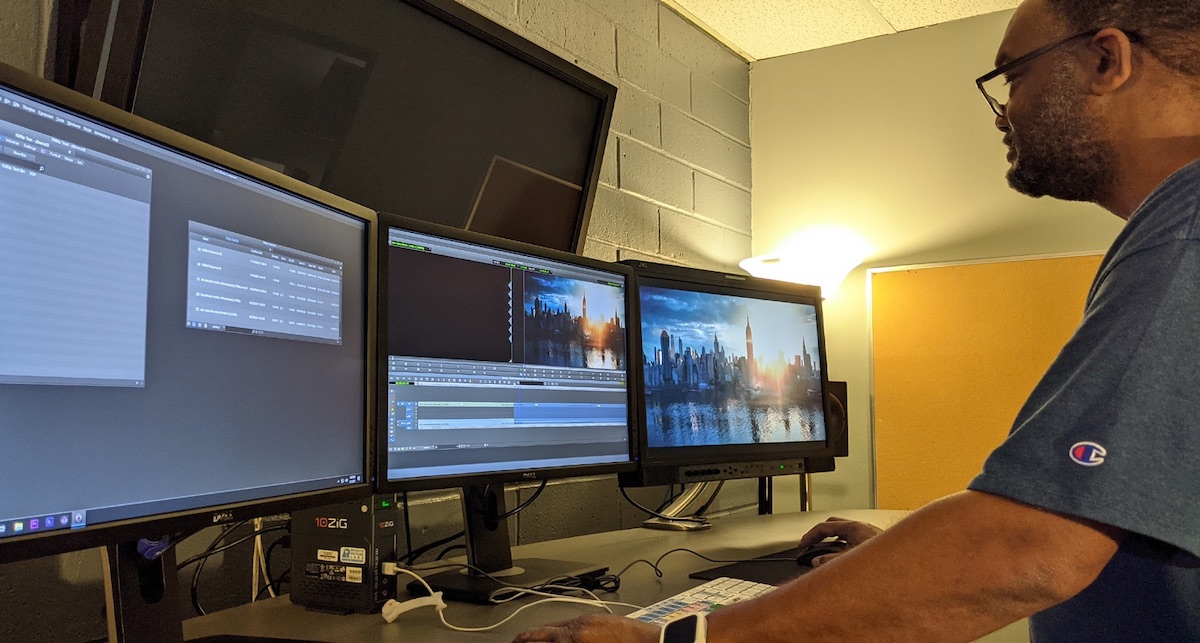
Planet Earth is in turmoil. A global disaster has upset the world order, forcing people everywhere to face their deepest fears and learn to live in a society that will be forever changed.
This is the plot line for an original TV series that began airing on a major streaming service in
late 2021. Of course, it also applies to real life in the form of the global COVID-19 pandemic. These dual storylines converged in March 2020 shortly after principal production on the show was shut down, leading one of the series’ producers to rethink his usual approach to post production. A scary proposition for sure, but one with a true Hollywood-style happy ending.
A character-driven sci-fi drama, the series was shot on four cities on four continents. Editorial was scheduled to begin shortly in the offices of one of the participating production companies, located in Beverly Hills, but once the pandemic hit that plan was rendered obsolete. By that time the company had already built out six bays — three for editors and three for assistants — around Avid Media Composer workstations connected via Avid NEXIS shared storage.
When the shutdown went into effect, the producer was forced to look at alternatives for post. His options were limited. After test driving a number of remote editing systems, including one offered by his current editing vendor, he found system reliability to be a common, unsettling issue. “I couldn’t afford to have showrunners and producers watching new content and having it jump or pause or not be in sync,” he said. “That would have been a disaster.”
Then he called Remote Picture Labs.
The RPL solution runs over a high-performance private cloud that originates from a tier-one data center in downtown Los Angeles and possesses redundant power, cooling and connectivity. Forty TB of storage were allocated for the series, with each episode preloaded onto NEXIS servers to allow the editorial team to begin working as soon as they were able. RPL initially set up a virtual Media Composer workstation in the home of each assistant and editor, then expanded the network to also include four visual effects editors.
RPL coordinated the transfer of dailies from a lab in New York to the editors’ virtual machines. Each workstation included three HD video monitors and a pair of speakers, and was provided a full 1 GB symmetrical connection to enable high- speed data transfer. Teradici Cloud Access Software and PCoIP technology were employed to compress, encrypt and transmit the data to 10ZiG V1200- QPD zero clients at each workstation. No
media was ever actually downloaded to the workstations, only pixels, which helped assure consistent high performance and security. The PCoIP protocol is secured by AES-256 encryption and adapts dynamically to network conditions in real time, further contributing to the highest level of content protection. Once editing was completed, material was transferred to a finishing house in Los Angeles.

While it’s logical to expect that a remote editing architecture might impact performance, video quality and even creativity, it never happened. “RPL was able to remove the fear of the unknown, of not knowing if the system would work or not,” said the show producer. “Their systems have been completely reliable, and that’s where they really picked up the ball and saved the day for us.”
Based in Burbank, Calif., Remote Picture Labs is a joint venture between Creative Mobile Solutions, the Emmy Award-winning developer of tapeless environments for live events and studio shows, and J/KAM Digital, a provider of innovative editing and shared storage solutions for more than 25 years. RPL is focused on providing media companies and tier-one sports organizations with high- performance remote collaborative editing solutions over private cloud infrastructure.
Editors can work from an edit bay or home office with a virtual workstation from Remote Picture Labs.